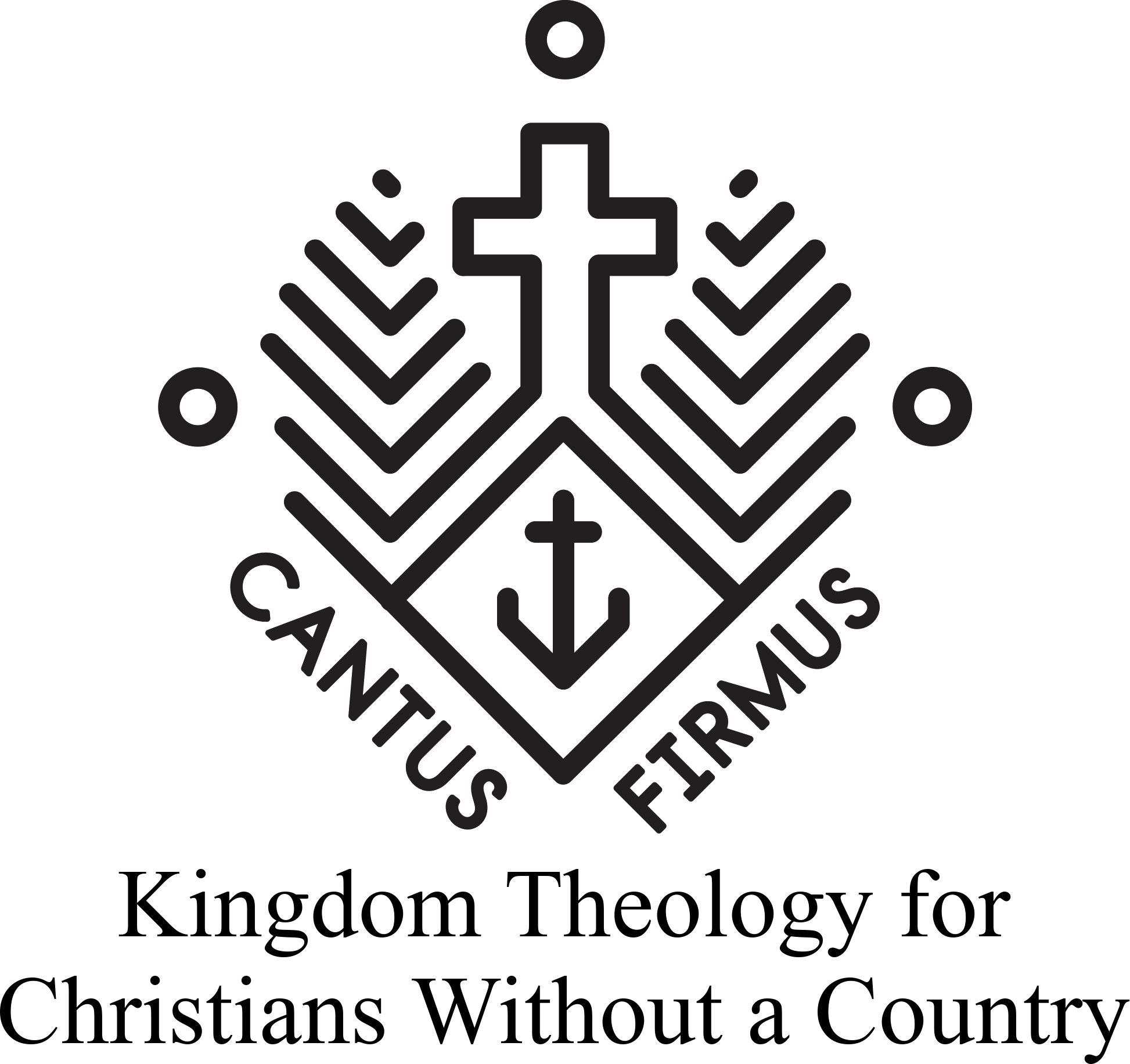In the posts I’ve done lately relating to biblical archaeology, a common theme has been developing: your presuppositions dictate your conclusions. If you assume that the Bible can’t be accurate, you will consistently reach that conclusion. If you are at the very least open to the possibility that the Bible could be accurate, you might surprise yourself by discovering just how true and relevant for history (as well as today) it actually is.
A lot of modern biblical criticism follows the methodology of the first. It is assumed off-hand that the Bible is a book riddled with errors that no modern person should take seriously. Much of this stems from liberal biblical criticism movements which developed in Germany, one of the most well-known being the documentary hypothesis, popularized by Julius Wellhausen. Wellhausen suggested that the Torah (the five books in the beginning of the Bible) specifically is actually a collection of numerous sources (usually numbered at 4– the Jahwist, the Elohist, the Deuteronomist, and the Priestly source) which have been cobbled together and thus is more likely to provide contradictions than trustworthy historical data.
This position is also used to explain issues in the chronologies we find in the books of Kings and Chronicles in the Old Testament. As Theodore Robinson said, “Wellhausen is surely right in believing that the synchronisms in Kings are worthless, being merely a late compilation from the actual figures given.” At first glance, these chronologies are confusing. They don’t seem to fit together, or match with history correctly. The scholar predisposed to distrusting the Bible would (and has) immediately throw up his hands and say the Bible must be wrong. However, it is a widely accepted practice of reading both ancient and modern documents to give the writer the benefit of the doubt until we are sure that he/she is wrong. So is there another solution apart from that accepted by liberal theologians?
Edwin R. Thiele is one scholar who attempted to propose such a solution. He asked that we consider the cultural context of the people we read about in Kings and Chronicles, including the things not always explicitly stated in the text, but which those writing at the time might assume their readers would consider. His study ended up with some very interesting results.
Reflecting on the concept that the Jewish New Year technically began in the month of Nisan, though a tradition later developed which began the new year in the month of Tishri (6 months later), he considered the possibility that both calendars could have been used for dating the reigns of the kings, which could offset how the reigns of Israelite and Judahite kings lined up with each other and with outside events. He also considered the fact that co-regencies weren’t totally uncommon (and are in fact mentioned in 1 Kings 1:34, 2 Kings 15:5, and I Chronicles 23:1), meaning that at times kings ruled with their sons, and this could be reckoned differently depending on how the chronicler began the reign of the son (as co-regent or sole regent). The question could also be asked regarding whether the year of the accession of the king was considered as year one or year zero, as both dating practices are found throughout the Near East.
Thiele was not the only scholar doing this type of work. Rodger C. Young, in his article “Evidence for Inerrancy from an Unexpected Source: OT Chronology,” writes:
“In the 1920s Professor V. Coucke in Belgium determined from a careful analysis of the data in Kings and Chronicles that Judah began its regnal years in Tishri, whereas Israel began its regnal years in Nisan… He also determined that the reign lengths of the first kings of Judah and Israel were in harmony with each other if these first kings in Judah used accession reckoning while their counterparts in Israel were using non-accession reckoning to measure their years of reign. Some years later an American scholar, Edwin Thiele, discovered these same principles, although when he began publishing his findings he was not aware of Coucke’s earlier work.”
While Thiele’s reckoning did provide an alternative way of examining the chronology of the kings, he actually did not fully succeed in bringing these chronologies together to his satisfaction, and determined that on one point the ancient writer made a mistake. Young provides one possible solution to this problem:
“For the southern kingdom, Judah, Thiele failed to recognize that the synchronisms of Hezekiah of Judah and Hoshea of Israel in 2 Kings 18 imply that Hezekiah at this time was coregent with his father Ahaz. This was a blind spot on Thiele’s part, because he recognized that Hezekiah’s father, grandfather, and great-grandfather had coregencies with their fathers, and Hezekiah had a coregency with his son; why then rule out a coregency of Hezekiah with Ahaz?”
Later in his article, Young also tells us that the bibilical chronology put together by Thiele also corresponds with fixed dates in Babylonian and Assyrian chronologies, adding further support to the idea that the bibilical historian(s) knew what he was doing. These dates are:
“1. The Battle of Qarqar in 853 BC, at which Shalmaneser III of Assyria listed Ahab of Israel as one of his foes (see the further discussion below).
2. The tribute of Jehu of Israel to Shalmaneser in 841 BC.
3. The invasion of Sennacherib in Hezekiah’s 14th year, 701 BC.
4. The death of King Josiah when he fought against Pharaoh Necho, who was on his way to take Carchemish from the Babylonians, in 609 BC.
5. Nebuchadnezzar’s initial capture of Jerusalem in 605 BC, at which time Daniel and other Judeans were taken to Babylon.
6. The second capture of Jerusalem and its king Jehoiachin by Nebuchadnezzar—the exact date of which is given in the Babylonian Chronicle as 2 Adar, i.e. March 16, 597 BC.”
